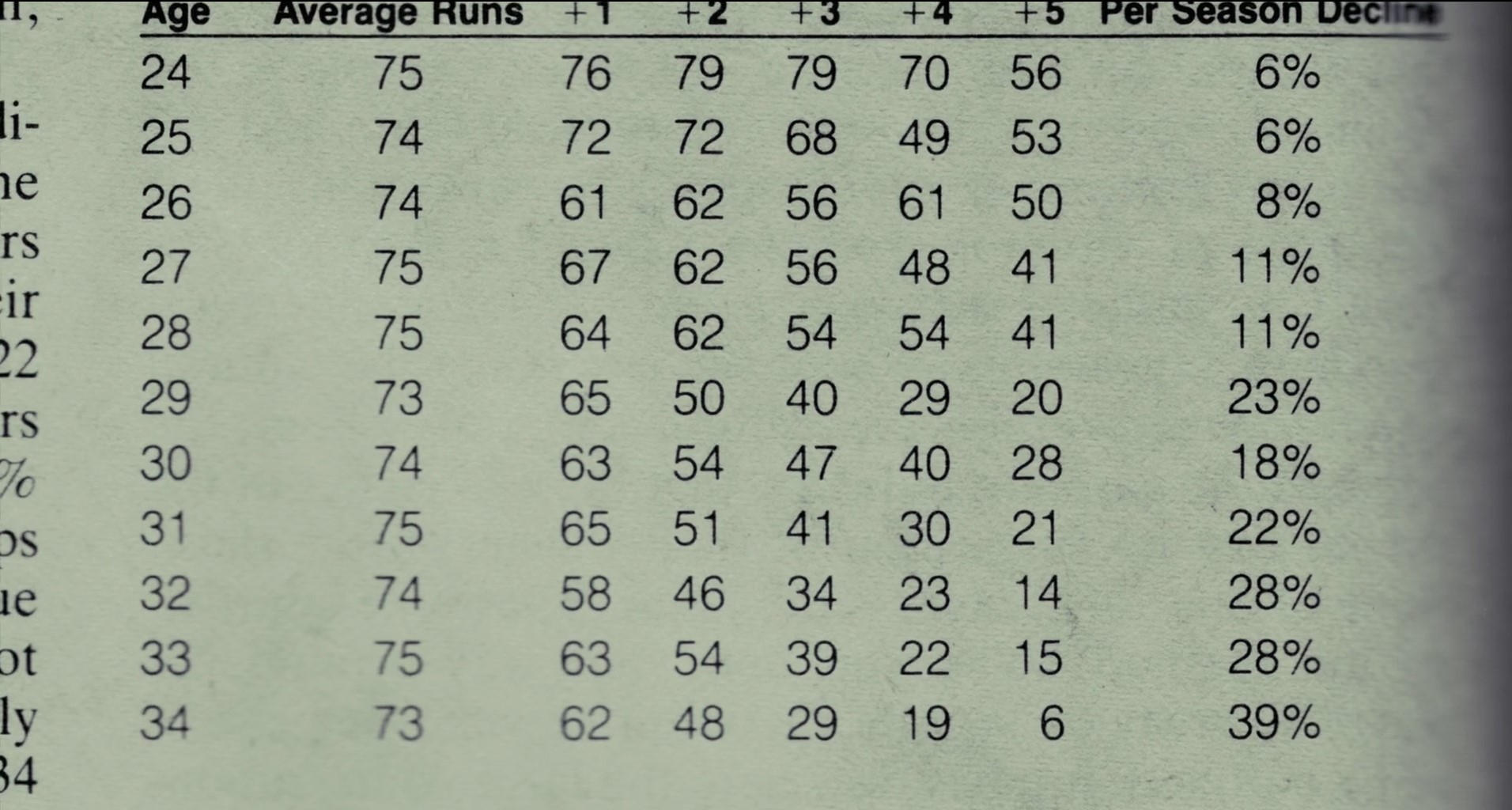In professional sports, money tends to dictate rankings, but the Oakland Athletics overcame this by using a new analytical approach called sabermetrics to win 20 straight league titles. The movie Moneyball is based on this true story and follows William Beane’s challenge to find a new way to succeed through change and belief.
In the current world of professional sports, it seems that money is the only thing that determines the standings. For example, Mansour bin Zayed Al Nahayan, a world-renowned tycoon, bought the English soccer team Manchester City and invested huge amounts of money to bring in world-class soccer stars. He quickly transformed the team from a mid-table team to a league champion. On the other hand, in some cases, clubs struggle due to lack of investment or mismanagement. It’s not uncommon for clubs to not pay their players, or to sell key players to other teams for transfer fees, weakening the team. It’s not uncommon for teams to fall down the standings because of this. This has been happening a lot lately, not only in soccer, but also in other sports. However, there are also examples in the world of professional sports that break the “money=rank” formula.
The movie Moneyball is one such example, based on the true story of the Oakland Athletics of the Major League Baseball (MLB) in 2002. The Oakland Athletics were a typical small-market team with low attendance and lack of financial support from the organization, forcing them to operate on a shoestring budget each year. Each year, the team’s top performers would leave for other organizations with higher offers in salary negotiations, perpetuating the loss of talent. This is always a challenge for managers of small-market teams. William Lamar Beane III, who led the Oakland Athletics during this time, also faced the challenge of rebuilding his team for the next season. Key players were leaving for other organizations, and the players he wanted were unavailable due to their high salaries.

To overcome these challenges, Beane, along with economist Peter Brand, decided to introduce Sabermetrics, a mathematical and statistical methodology to baseball. Sabermetrics is a new metric that objectively measures the factors that contribute to winning in the real world, such as OPS (on-base percentage) and WHIP (walks and hits allowed per inning), rather than traditional data like batting average and wins. This allows us to break away from the traditional evaluation method and identify players who actually contribute to winning games.
Based on this theory, Bain and Brand set out to create a low-cost, high-efficiency team by gathering undervalued players from other teams. In the process, scouts ridiculed them, saying things like “you can’t build a team on a computer” and “if baseball was a numbers game or a science, anyone could do it.” Early in the season, Beane’s friction with the manager led to a losing streak and public criticism when the players he recruited didn’t play. However, Beane reorganized the team by boldly trading or releasing players other than those he brought in, and eventually led the team to the playoffs, setting a new American League record with 20 consecutive wins.

In the movie, Beane’s conversation with Brand after breaking the record is memorable. “I don’t care about records, I don’t care if other teams win, but if a poor team like us wins, we can make a difference. That’s what I want, I want to make a difference,” says Beane. In this scene, the movie becomes more than just a Cinderella story of an underdog turning into a powerhouse. It conveys the message that making a difference requires a new approach.
Beane was a promising high school player, but his professional debut was a disappointment. This experience made him realize that the way baseball was being evaluated was wrong, and he wanted to prove it. He turned down a $12.5 million offer from the Boston Red Sox to stay with the Oakland Athletics for his beliefs.